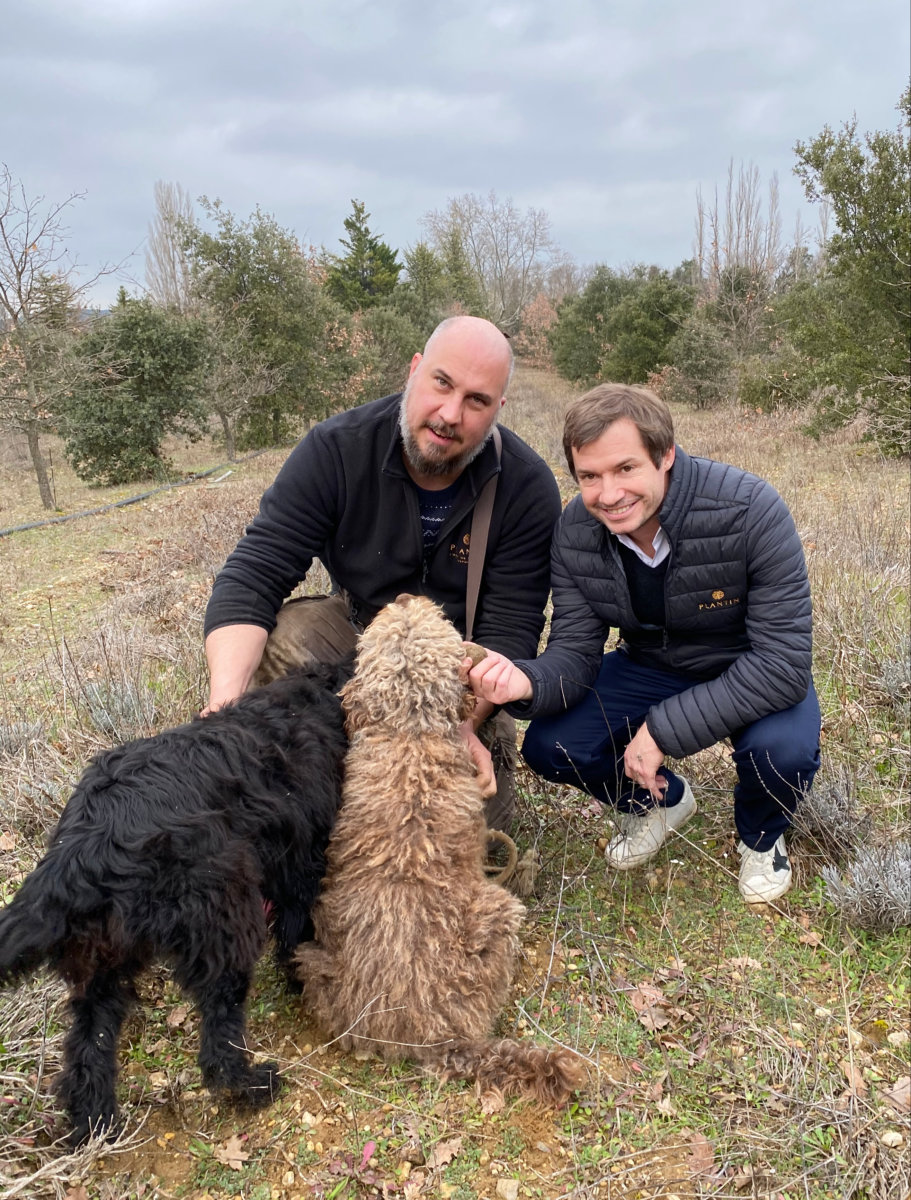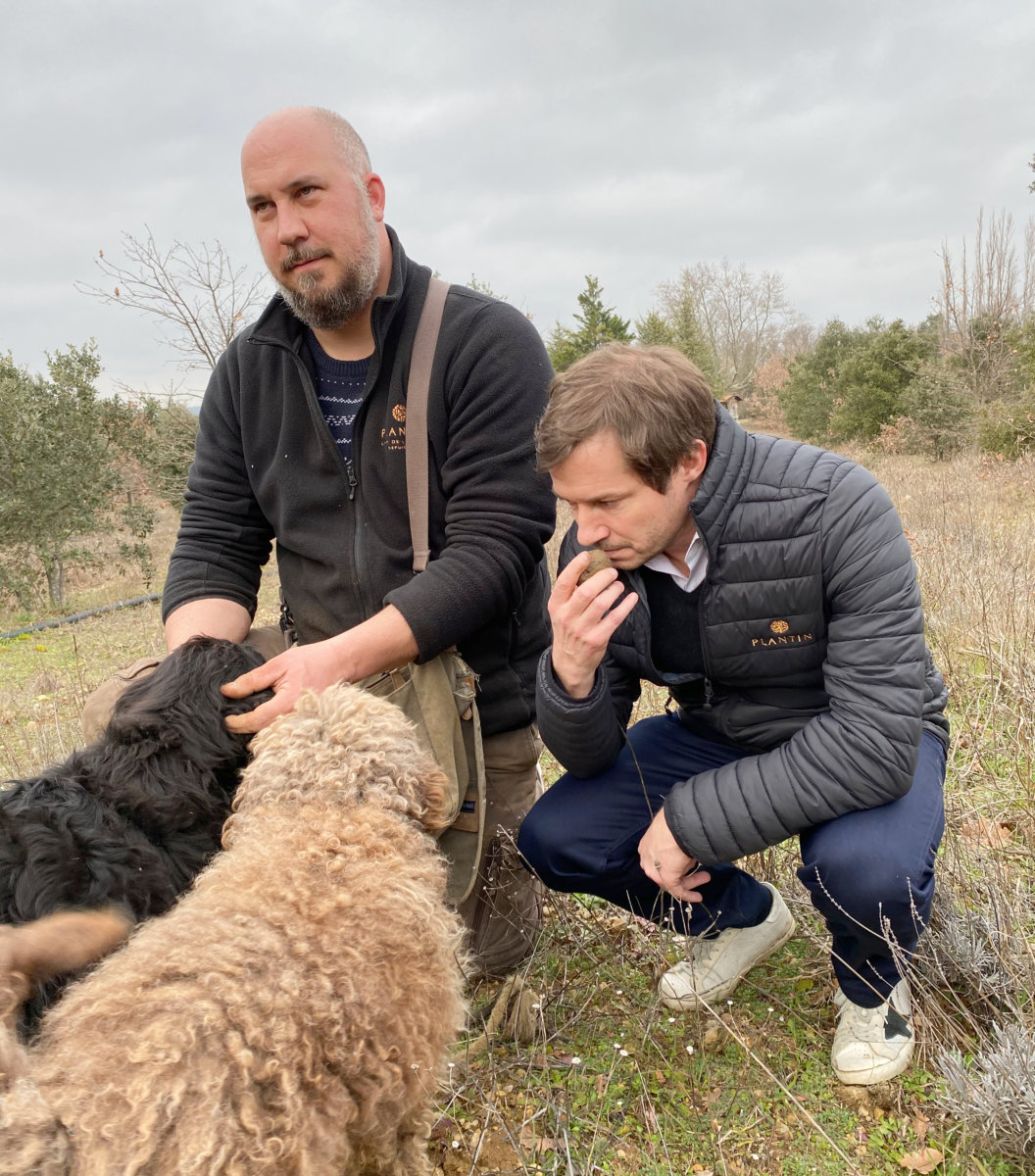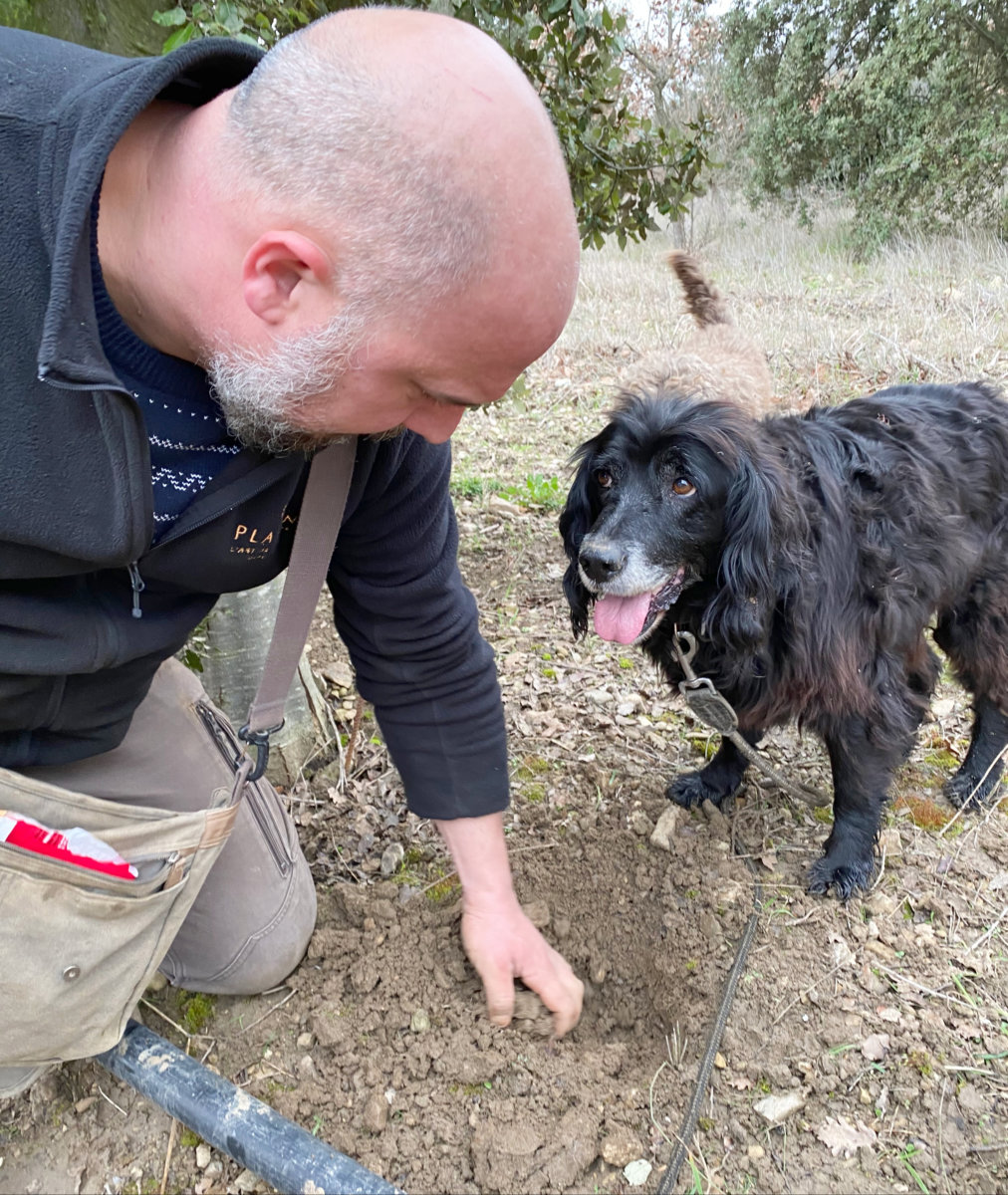Like so many people associated with the restaurant world, William Sitwell’s life changed beyond recognition when the pandemic hit last spring. One of the UK’s eminent food critics, he was left wondering what the future of the restaurant world would be, as well as looking back on how eating out has evolved over the decades and centuries that precede us.
Talking Truffles with Christopher Poron, Maison Plantin
From Antiquity to today, truffles, the diamonds of the kitchen remain a highly-prized mystery. While truffles can be cultivated, the harvest is as unpredictable and uncontrollable as anything coming from nature. It is this enigmatic quality, and the unique, deep musky yet indescribable taste, that drives prices upwards of 850 euros per kilo, and for the more expensive Alba truffle 2000-3000 euros per kilo. Maison Plantin, in the heart of France’s Provence region has become the main supplier of truffles to the grand tables of France and around the world, working with renowned chefs such as L’Ambroisie’s Bernard Pacaud, l’Hôtel de Ville’s Franck Giovannini and Ledoyen’s Yannick Alleno. We talk with Christopher Poron who now runs his fathers truffle company with partner Nicolas Rouhier.
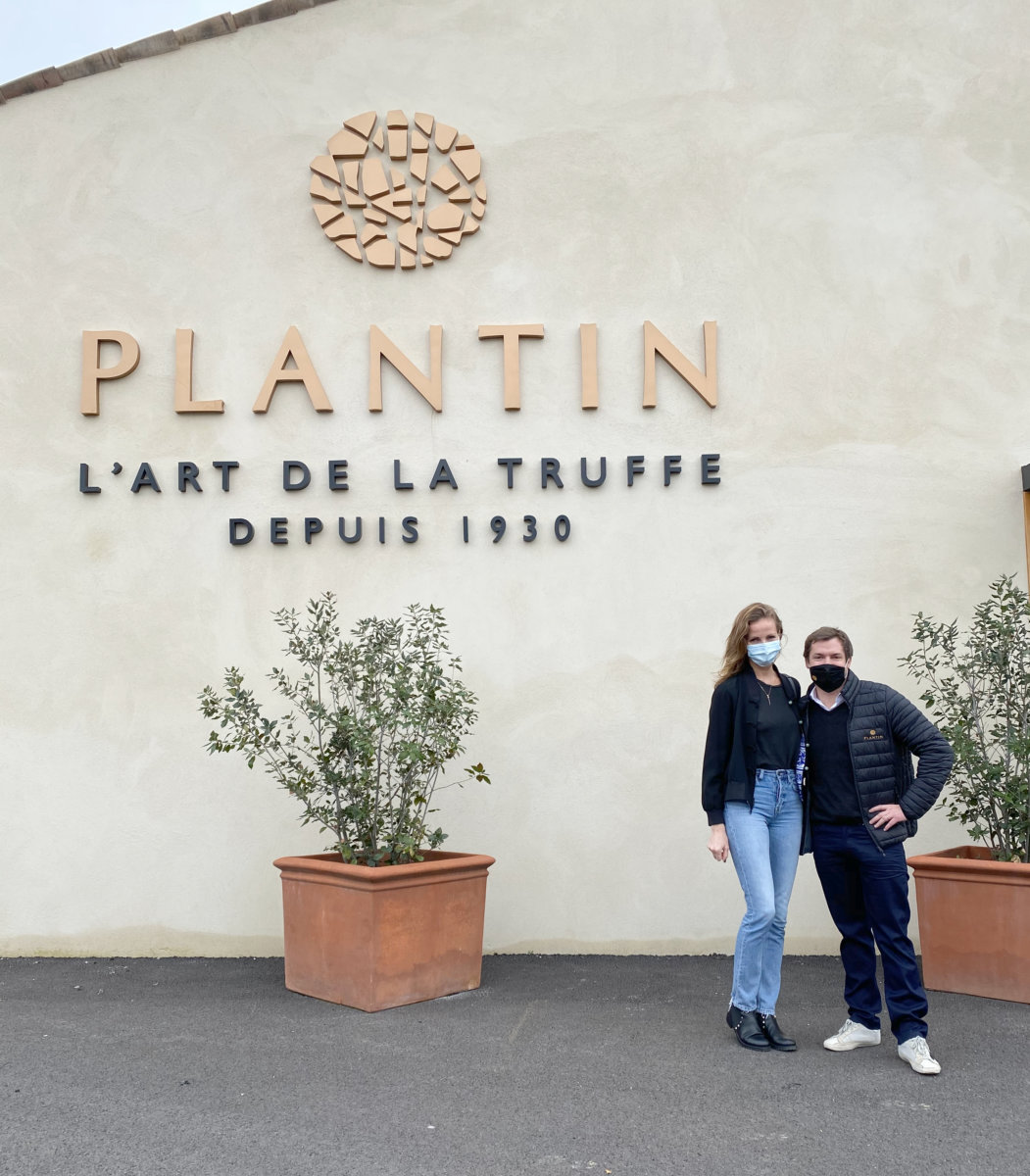
Could you give me the backstory of Maison Plantin and it all started?
The company was founded in 1930 by Marcel Plantin, my father bought the business in 1986. Even if I grew up in a truffle world, at that time other things were on my mind. When I was 21, I left for the United States, not knowing what I wanted to do. My father asked if I wanted to sell truffles in New York. This is how I started, with 5kg of truffles. My very first customer was Daniel Boulud. They had a special event and they needed 150 pieces of 20gr truffle… So I called my father… it started like that. I did that for 10 years until I met Nicolas Rouhier, my associate, along with him, I took over the company in 2009. My father was at retirement age when we started talking about it, so we stepped in and took over my father’s place. Since then we’ve worked at Plantin, and have managed to develop it a lot, especially in terms of exports.
So what is a truffle?
A truffle is an underground mushroom about which we know very little. You have, the most well known black truffles (tuber melanosporum) and white truffles (tuber magnatum pico) – although there are many different varieties. In fact, there are over 100 types but only 5-6 are for gastronomy. Black truffles are mostly from plantations, because we managed to micronize the tree, the truffle spores, and today we plant them. Yet, plantation doesn’t mean that you’re able to control the harvest, not at all, we don’t control the harvest. We know of a few things to do to encourage mushroom growth, but there are many factors which we can’t control. One of the biggest factors is weather conditions, today the biggest problem we have is climate change. We have much hotter summers than before. When the temperature on the ground reaches 27-30 degrees, it kills the spores, kills the microzation of the truffles, after that you don’t have truffles. So that’s why warm summers are the worst for what we do. The area is changing a little bit. We can fight it, by putting irrigation in the fields, which is very important today. On a good year when the summer is not too hot with good rain, we can get 10kg a week, and during a very warm summer we may have no harvest at all. There are a few things we can control and a lot we can’t control.
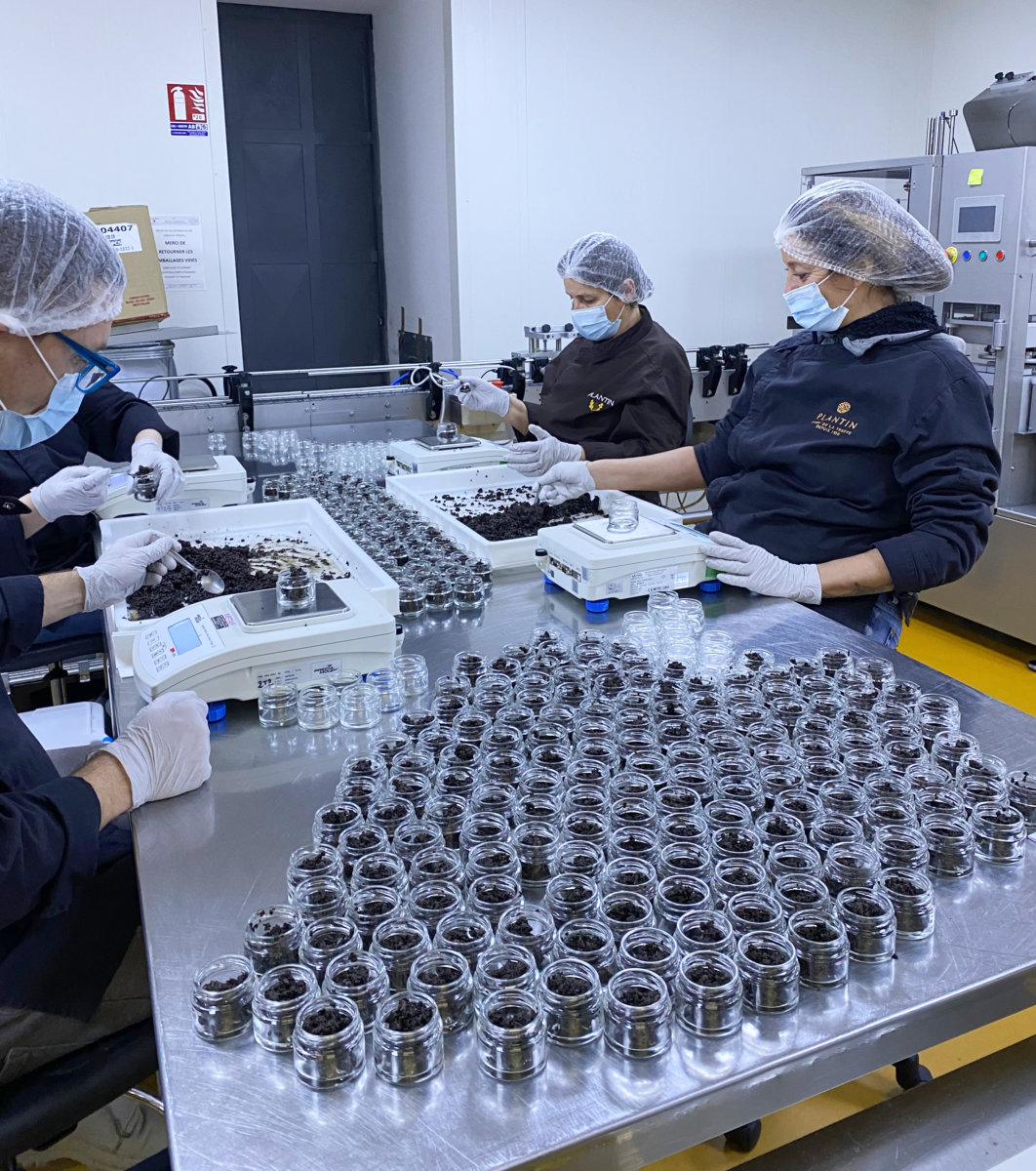
What is the perfect temperature for a good harvest?
For a good harvest, truffles have to grow with the season. In April we start to see the growing process, we need rain at that time for baby truffles to develop. But we don’t need too much rain, we need just enough to feed the truffle, that’s why we say the rain of 15 of August is very important, because they fill the fields, then some rain in July. And after that, in September and October, we want cold weather to be able to start planting, because it helps develop maturity. But that’s also only what we think. This year for example, we had a big advance in maturity, we had very mature truffles early in the season, in the beginning of December, we also saw some dark truffles, I’m not going to say perfectly dark, but quite dark. And in September October it was not so cold, so that’s why we had this fungus.
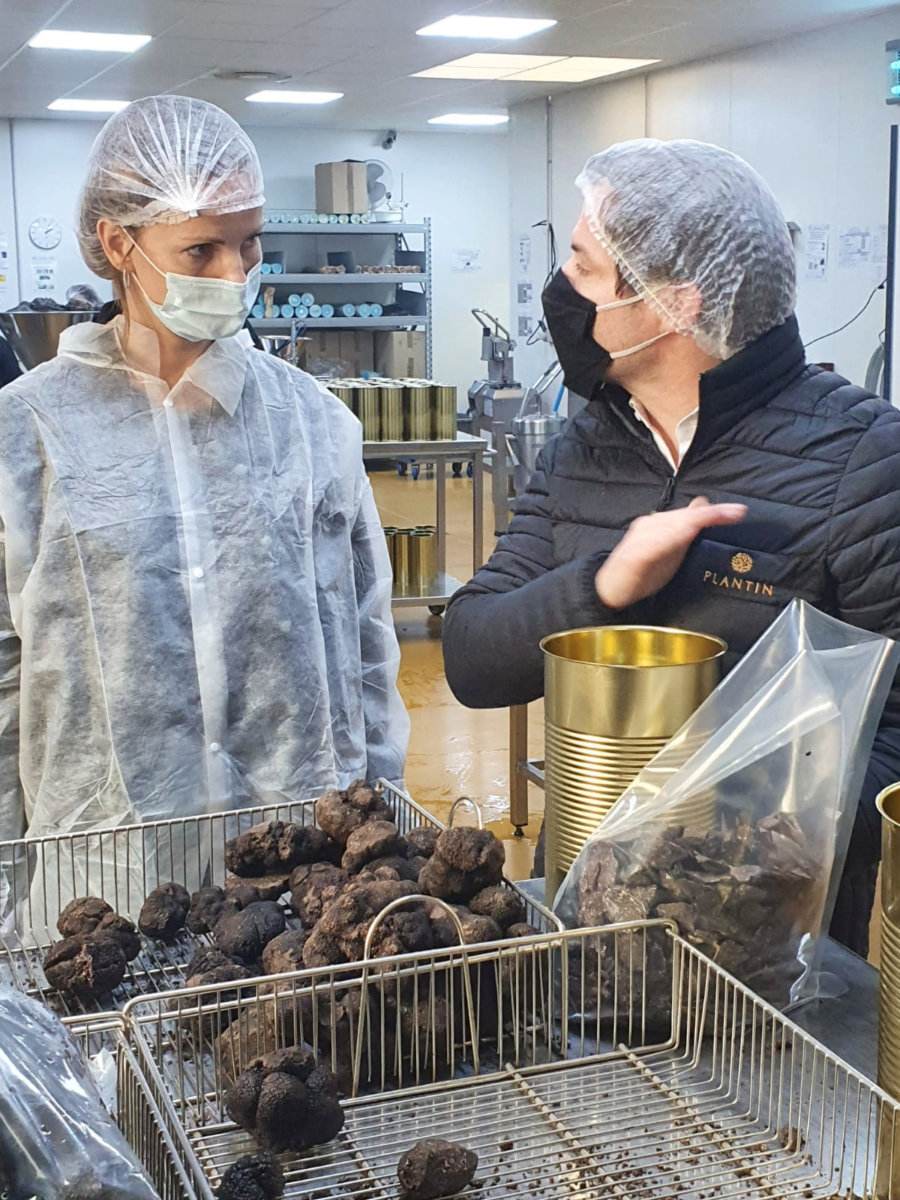
Was this year an especially good truffle harvest?
Yes, harvest was pretty good, but the biggest change was due to the pandemic meaning the demand is much lower. So we keep prices affordable. But overall the harvest and the quality was very good.
And to come back to the climate, what is the best climate? Because some countries in the world grow more truffles than others.
For example today, the best black truffle produce countries are France, Spain, Italy, Australia and Chile is also starting. Today the biggest producer is Spain, because they planted a huge amount of trees in huge land areas.

What are truffle trees?
Mostly oak trees, green oak, white oak. What we see the most in our region is green oak, although you can also see white oak. Green oak is more robust, it’s resistant to bad climate, less fragile. If you go to Australia, you will see mostly hazelnut. A big problem we have is the biggest competitor for planting trees is wine. The truffle farmers usually don’t have an idea of how much they are going to harvest, what income they are going to have, as compared to wine. With wine they can plan, they will know approximately what income they will have, so people tend to plant vineyards instead of truffle trees. But, my friend who was working with strawberries decided to plant trees, because strawberries are a huge investment every year, in terms of plantation. In terms of truffles, there is a big investment at the beginning, in terms of preparation of the land, and then you have to wait five to seven years to see the first truffles. You have to be ready, you have to be patient, so maybe that’s why farmers plant other things than truffles.
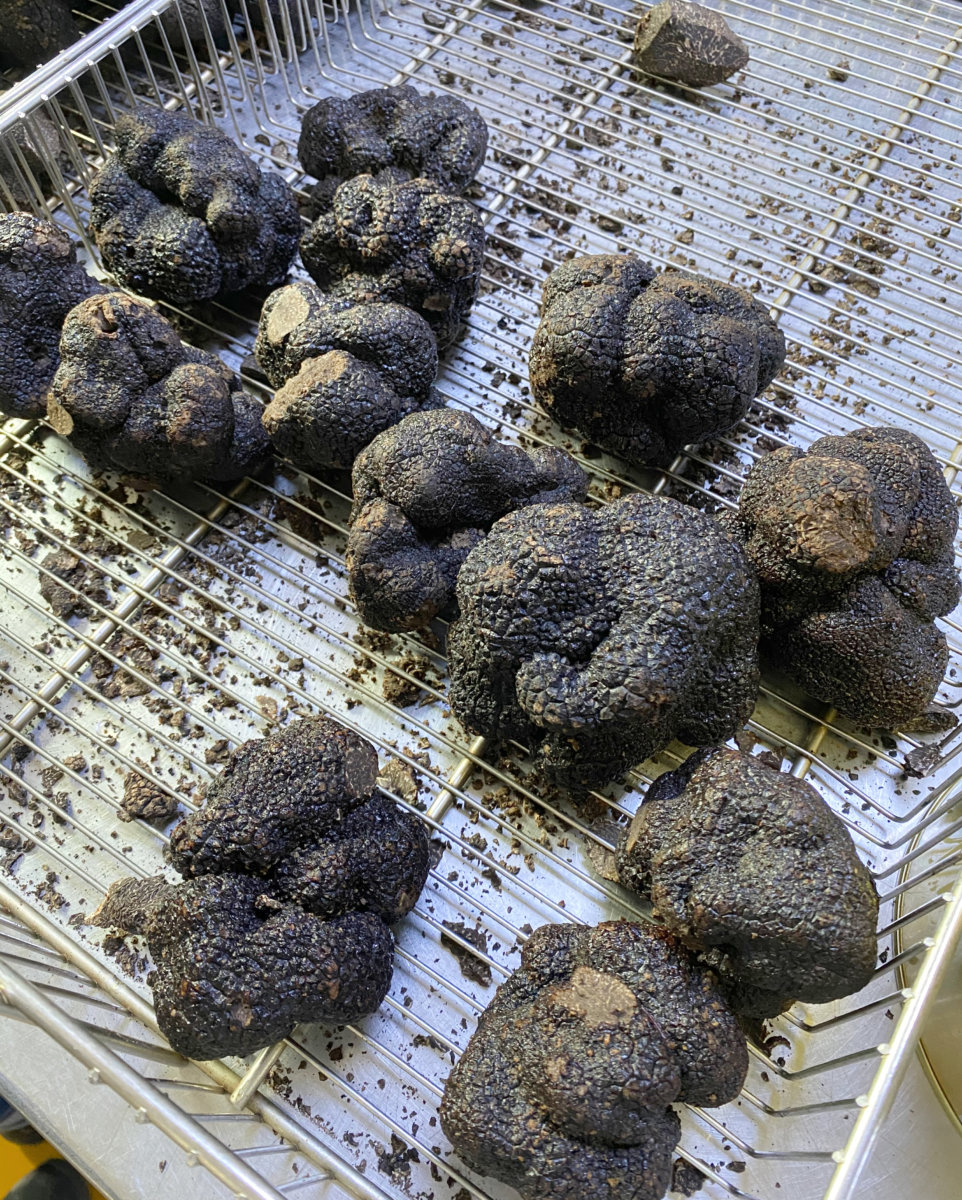
How to tell that it’s a good truffle?
First of all, you check the firmness. A truffle has to be firm, not hard as a rock but just firm, and it should be dark inside. The skin usually has to be black, dark brownish. You check inside, you take a knife and make a small cut inside, you want the flesh of the truffles to be a nice black with nice visible veins. Veins may be thick, but usually quite fine also. Then you’re going to smell the truffle, I personally like it when they have a chocolaty smell, but it can vary a little bit. So mostly you look for firmness, you want your truffle to have proper weight, because the truffle is mostly water, so the longer you keep it, the more it’s going to dry out. This is very true for white truffles from Italy. The weight of a white truffle can be felt more than with a black truffle. With white truffles, from the day you harvest you can lose from 2% to 5% of weight every day. Black truffles don’t lose much weight. So, first of all, you need firmness, colour and size, aroma… The smell shouldn’t be very strong like white truffle, it should be delicate, it should have a chocolaty flavour, which is very difficult to describe. The shape is not important. The shape of the truffle depends on the environment, if it grows in soil which is quite sandy, it will grow in normal shape. If the soil is quite dense with lots of roots, lots of stones, it will have more of an odd shape. But the shape doesn’t determine the taste of the truffle, nor the size. A truffle should be firm, have a bit of weight, be nice and dark inside and maturity is very important. So that’s why the best time to enjoy truffles is January, February and March.

You are supplying the best chefs in the world, in France, in Asia… What is their criteria for truffles?
It really depends on what they do with it. For example at L’Ambroisie by Mathieu Pacaud, he wants 80 gr size truffles for his Feuilleté de truffe fraîche “bel humeur”. The reason is, he peels the skin. This is because the skin has bitterness, and he wants to remove that bitterness. He wants the truffle hard, because it’s easier to peel the skin. In the restaurants of Joël Robuchon, for example, they make the truffle tart he designed; they use truffle slices, so they want a perfect mature truffle which can be sliced and is a good size. So for them we make a very special selection of truffle pieces, where he can have as many slices as possible with one truffle with the least wastage. Usually, the demand is for the shape, because we make sure that the taste is good.
Some of the luxury products, like caviar, have become mainstream, do you think that truffles will always remain as luxury product or do you think it will change?
I think we will never master truffle harvest, we will not know how to control it exactly, so we have this mystery around it, which will keep this product quite special. Caviar today is also still special, even if it’s mostly farmed… I think products remain special as long as people: chefs and customers treat it as a special product. I mean it’s a seasonal product, when it’s good, it brings an amazing flavour. Also there are a lot of truffles coming to the market, different varieties, but it’s all about educating people about the differences between each truffle. You have to say Latin names, each variety is different. To keep it special we should educate customers. But I think it will never become an everyday product, because again, you can’t control the harvest. There are more and more plantations of course, which go to market, but we still need to think that today we produce a maximum of 100 tons, a few years ago it was over 1000 tons and it was still a special product.
Also, while restaurants are closed, people are starting to learn to cook again, that’s very interesting. Because people are discovering this new passion for cooking they are looking for better ingredients. People are interested in truffles, they want to learn about them, so we are trying to educate them. Most people are not familiar with the different types of truffles in France, so it’s important to teach them what to look for when they buy products.
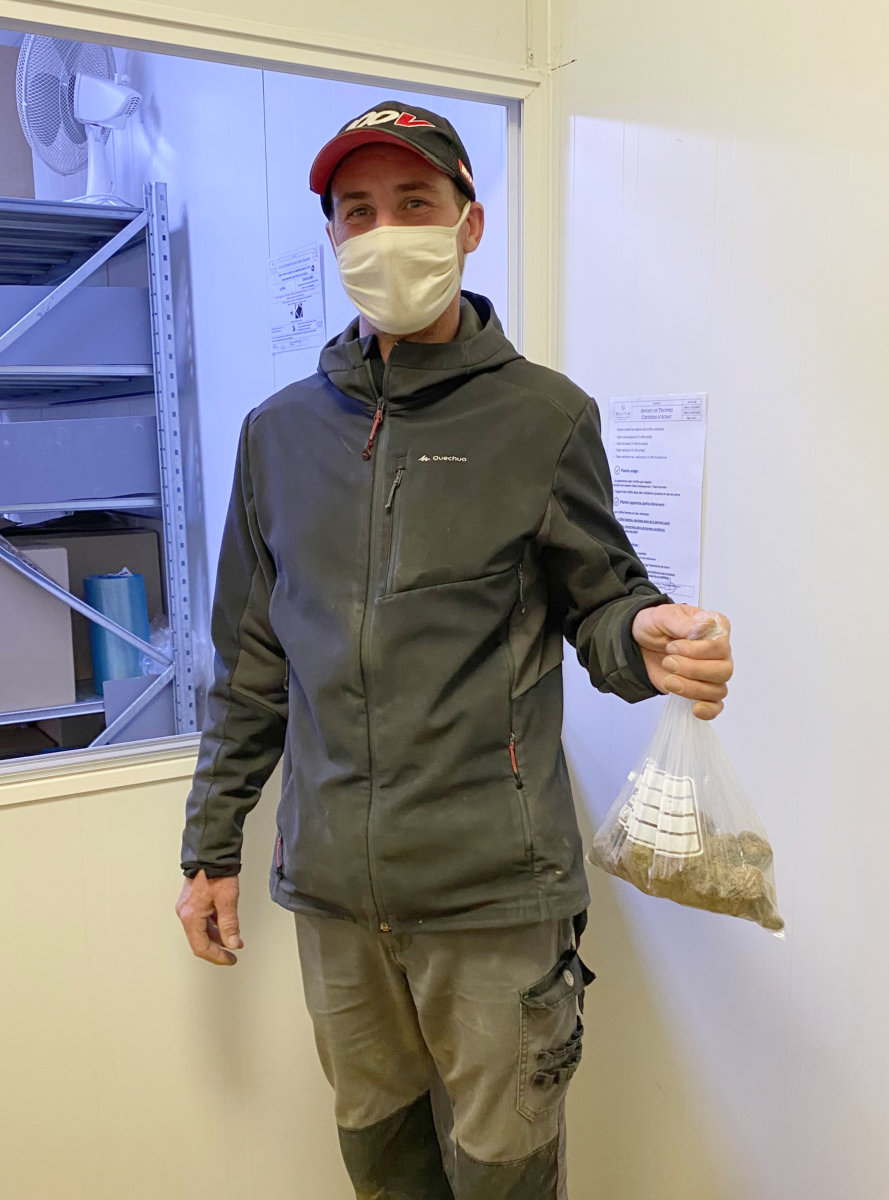
You buy 15 tons of truffles per year?
We buy from 12 to 15 tons depending on the year. The lowest is 8 tons, we did a couple of years ago, average is 12 tons, the highest is 16-17 tons of black truffle. In France the produce is around 35 tons.
So it’s the second biggest producer, first is Spain, then France, Italy,…
Italy is a small producer. For me, a good truffle is a good truffle. This doesn’t mean that good truffles grow only in France… Australians, they do it very differently than we do. They have parcels that produce a lot more than France. In France, a good parcel is 45kg per hectare, in Australia, the land produces 150kg per hectare. It’s a lot more… Why? Maybe because it’s new, new to the land. They work very differently than us. They start harvesting in June, and we only start harvesting in January, we wait for the best maturity, they pick it early and leave at least 30% of production in the soil, it’s a totally different thing. Here the farmers do that, over there are people who plant the trees, others who clean them, others who harvest… Here we started planting seven years ago and we never depend on the plantation, we depend on the farmers because it’s too risky to depend on the plantation, so we depend on the farmers. Australia is different, they control everything from start to finish and they go to check the truffles and they pick when they’re ready to be sold and they are very careful about the selection. And also they have young trees that give bigger truffles, but the quality is still exactly the same. If it’s a good truffle, it is a good truffle, no difference. After you ask chefs, some say that they are very familiar, but when you start cooking them they are less fragrant, but I think it’s difficult to judge, because it depends on the harvest, it depends on the chef also. They all have a different feeling about what they like and what they don’t like, they have different styles of cooking and different ideas of the dish. It’s very subjective, some chefs love certain truffles, some will say “I don’t like the smell”.
What is your favourite dish to enjoy truffles?
I always say simple is the best: eggs are the perfect way to discover truffles. Scrambled is good, but I prefer just cooked, put truffle butter on the egg yolk, it’s fabulous. I very much like Coco de Paimpol beans. Not so far from here, they produce a white bean that goes very well with truffles. I can name more, but for me the simpler the better.
